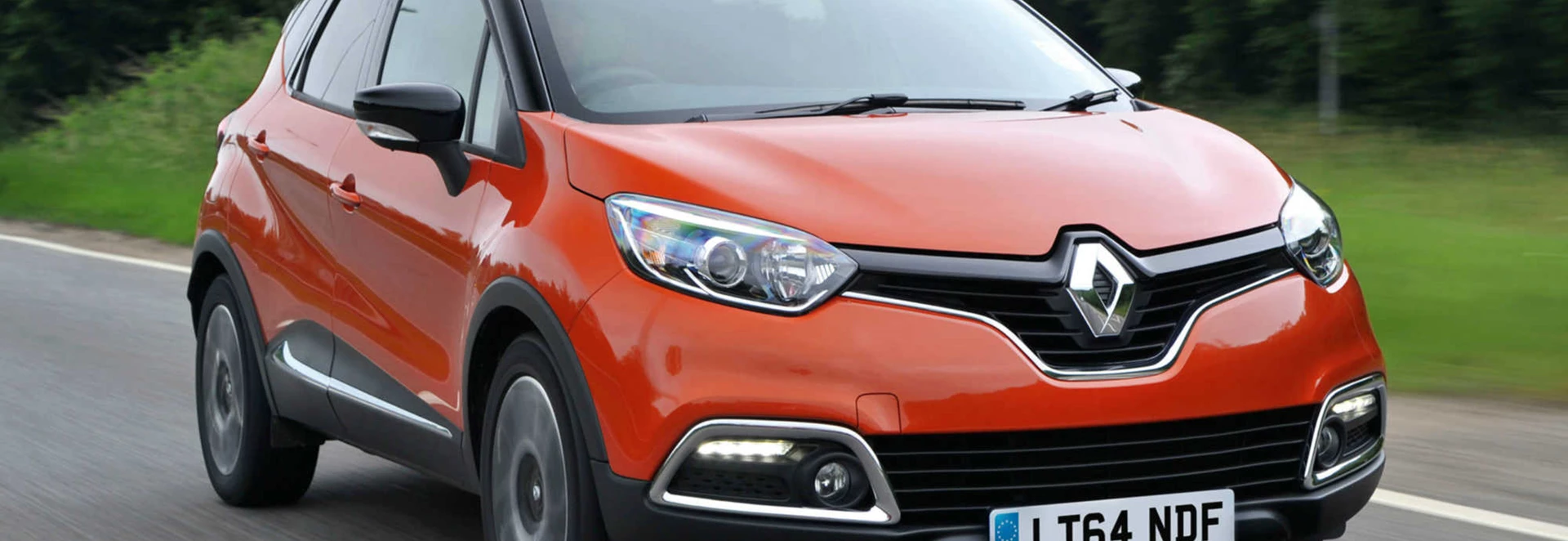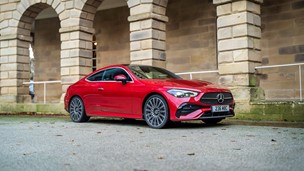Renault is entering the popular crossover market with its Captur (pronounced the same as the word ‘capture’ – it’s a French thing). The car maker has ventured into this neck of the woods before, but it wasn’t a success – remember the Koleos?
The good news for Renault is that the Captur is a much better car and good-looking to boot. Based on the underpinnings of the 2012 Renault Clio, the Captur is chunkier and taller.
It enters into a strong market place, with rivals including the Nissan Juke, Mini Countryman and Peugeot’s 2008. Vehicles in this segment, however, have a tendency to be a little lacklustre when it comes to the finer details, falling into the proverbial ‘style over substance’ grouping.
But let’s see if the Captur can differ itself from its rivals.
Performance
Initially we drove the Captur powered by the 90bhp 1.5-litre diesel. Mated to a five speed manual gearbox, the Captur performs well at either end of the gearbox.
Performance figures are not exceptional, but are in line with rivals. The Captur will get from zero to 62mph in 13 seconds and has a top speed of 106mph.
We also tested the 89bhp 0.9-litre three-cylinder petrol. This engine is impressive across the Renault and Dacia range, delivering a decent thrust for such a diddy unit.
On paper the 0.9-litre does not look overwhelming when it comes to performance, taking 13 seconds to reach 62mph – but trust us, it does the job if you are after something to get you from A to B.
Ride and Handling
As well as gaining the Clio’s impressive grip, it unfortunately inherits its very light steering – although on the plus side, the steering is direct.
Based on the Clio chassis, it was always going to have a head start on some rivals. The Captur is fairly tall but bodyroll is not intrusive when cornering enthusiastically. The Captur also gains the Clio’s brilliant grip, a great boon when venturing into any tight bends. As well as gaining the Clio’s impressive grip, it unfortunately inherits its very light steering – although on the plus side, the steering is direct. Overall refinement in the Captur is very good, with a supple and yet not-too-spongy suspension, as well as minimal road noise, even at motorway speeds. The Captur is probably as close any compact crossover has come to mirroring the plus sides of its smaller supermini sibling.
Interior and Equipment
The Renault Captur’s first public appearance was at the 2011 Geneva Motor Show back in 2011 where it was being showcased as a new Mini SUV concept.
The interior of the Captur offers the same youthful vibe of the Clio, with black gloss highlights splashed about the cabin. It also incorporates the same easy-to-use infotainment set-up, and if ticked on the option sheet, Renault R-Link system, giving you a central hub for all media functions. Standard kit on every Captur model is very generous, with Bluetooth, air con and cruise con troll all thrown in. We tested the Dynamique S MediaNav, which sits above Expression and Dynamique MediaNav in the trim line-up. Dynamique S MediaNav features the likes of electrically adjustable heated mirrors, parking sensors and exterior contrasting colours. The only model above this is Signature, adding some unique red detailing to the model. There is a decent amount of storage space in the Captur with 377 litres in the boot, which can be extended slightly by removing the boot floor. The rear seats in the Captur can also slide back and forth to allow for more flexible storage. Naturally, sliding the rear seats forward means less leg room for rear passengers, but in the standard position, leg and head room for passengers is brilliant. There is also the option to fold all rear seats down, giving you up to 1,235 litres of space.
Cost
If you need added efficiency on demand, the Captur comes with an ECO mode. Simply press the ECO button and you can save up to 10% on fuel.
The most efficient engine int eh Captur line-up is the 90bhp 1.5-litre diesel we were driving, emitting just 95g/km of CO2 and averaging a heady 76.4mpg. The sub 100g/km means the Captur is road tax free. Many will opt for the 0.9-litre three-cylinder petrol as insurance costs will most likely be lower for this small unit. The 0.9-litre returns a decent average of around 50mpg, but the 1.5-litre diesel is what you want to keep running costs down. The 1.5-litre diesel will also serve you well when it comes to motorway cruising. If you need added efficiency on demand, the Captur comes with an ECO mode. Simply press the ECO button and you can save up to 10% on fuel. Price wise, the Captur sits in-between rivals, as it is more expensive than the Nissan Juke and yet a large chunk cheaper than the Vauxhall Mokka.
Our Verdict
The Renault Captur is by no means an all-out 4x4 – but it doesn’t claim to be. It is a great little family car offering great practicality, good visibility and plenty of kit too. The Captur adds a little bit of French flair to the SUV segment and hopes to banish the Koleos from the memory. In fact, the Captur is arguably one of the best-looking SUV shaped cars out there. However, the Captur is by no means style over substance. Sure, there are a few tweaks that are needed to make the Captur noticeably exciting to drive – but compared to its competitors, the Captur is more than capable of looking after itself.




